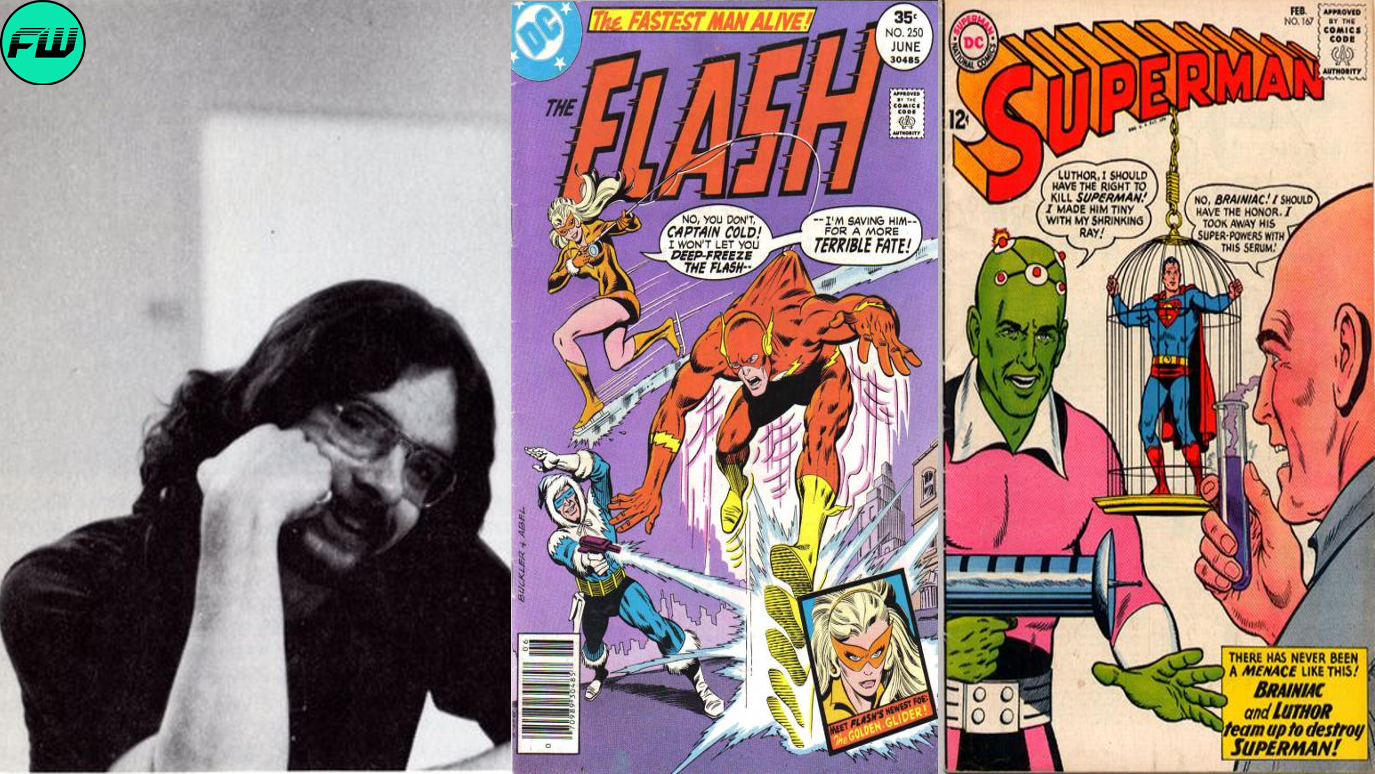Back in the 1970s, if you read DC Comics, you no doubt heard the name Cary Bates. He was the scribe of Superman and The Flash for nearly a decade. He wrote Superman from Action Comics 354 in 1967 to Action Comics 581 in 1986. He also wrote The Flash from The Flash 179 in 1968 to The Flash 350 (his final issue before the title was rebooted due to Crisis on Infinite Earths) in 1985. He got his start pitching cover ideas to DC Comics at the age of 13, and was hired by Mort Weisinger as a writer at the age of 17. Recently, I got the chance to interview him over email. The contents of that exchange are housed below:
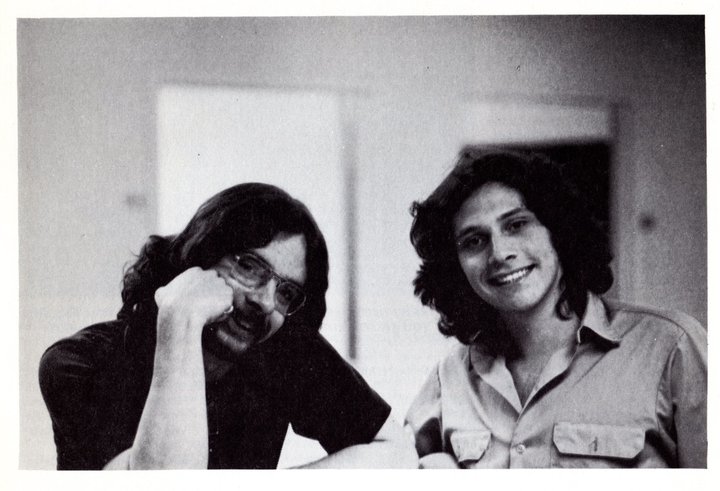
Starting off this interview, I want to ask you a question I ask everybody: How did you get into comics? What hooked you on the world of comic books?
It was the George Reeves TV series that got me hooked on Superman at a very early age. Once I was able to read, Superman comics became my main focus.
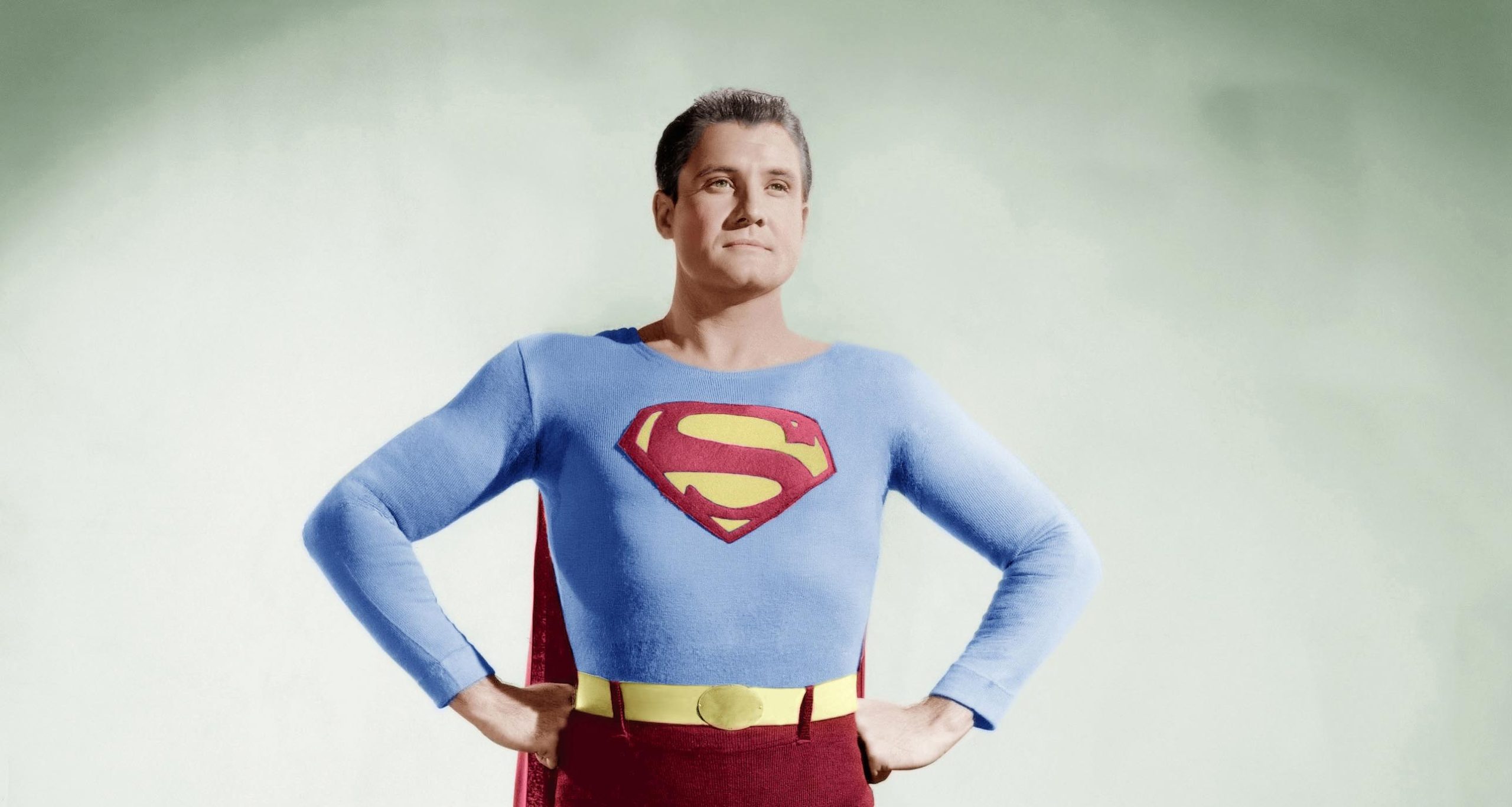
You started pitching comic covers to DC when you were 13. How did you go about doing that? What made you decide you wanted to?
Back in those days, everything started with the cover idea. My early aspirations were to be an artist, so I would supply crude sketches of original cover ideas. It was apparent to everyone at DC that my artwork sucked but both Mort and Julie (I was making submissions to both of them) acknowledged some of my ideas were quite good. They would give then to professional artists to redraw (usually Curt Swan or Neal Adams), then assign a writer to deliver a corresponding script. In any event, it eventually dawned on me I was meant to be a writer, not an artist.
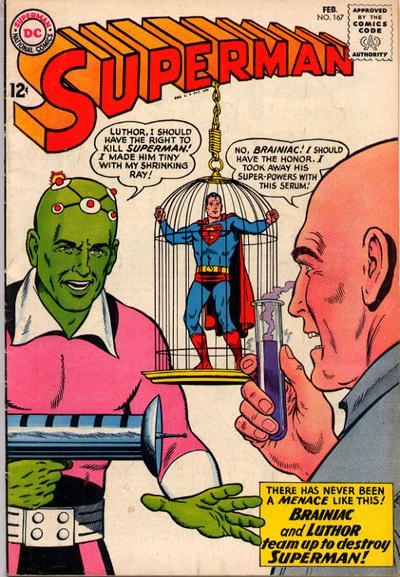
Your first editor was Mort Weisinger. As most in the comic world know, he was not easy to work for. How did that affect your view of comics and the profession?
He was demanding and could be a prick at times, but because I was so young when I started writing for him I had no one else to compare him, at least until Julie who I started writing for a few years later. Even so, Mort and I got along fairly well for the most part and we kept in touch long after he retired until his death in 1978.
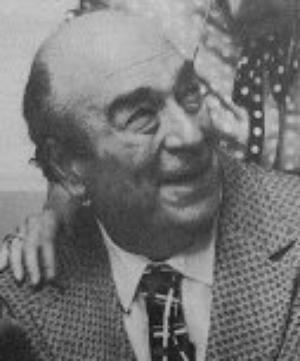
Because of Weisinger’s status and influence, the first books you ever worked on were in the “Superman Family” of books (including Action Comics and Superman). Did you ever feel any pressure from either the editors or the fans about an inexperienced writer starting out in comics writing one of the most famous comic book characters of all time?
In those days there were only two teenage writers at DC, me and Jim Shooter, who was even younger than I was. Since we both lived in Midwestern states and mailed our scripts in, we weren’t around to be exposed to office feedback, other than Mort’s. When my first stories started appearing in 1967, Mort had only just begun allowing writer and artist credits to appear in his books. So even though a lot of readers were seeing my name back then, there was no way for them to know how old (or young) I was.,

You very publicly subscribe to the idea of a “cover first” method of storytelling, which you learned from both Weisinger and famed comic editor Julius Schwartz. Why do you subscribe to that method of storytelling (or at least did during the height of your career)?
It’s just the way it was done back then. No problem for me because I had always been adept at coming up with cover ideas that had the kind of compelling “hooks” both Mort and Julie were always on the lookout for.
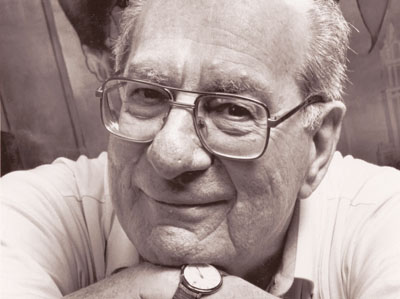
You were the primary writer for Action Comics, Superman, and The Flash for nearly 2 decades. How did you manage to balance writing these three series each month for decades, as well as stories for other books? Did it get stale writing for the same two characters each month for years?
Superman and Flash were never boring to me since they had always been my two favorite characters. As for balancing and maintaining an overall output, all comic book freelancers were aware how important it was to have a rep as someone who could turn in assignments month after month without blowing deadlines.

How did you end up writing The Flash? Was it something that you asked for or was it given to you?
The very first story I wrote for Julie was the seminal “Flash: Fact or Fiction” #179 (which introduced the concept of Earth-Prime). After that, a number of writers (Mike Friedrich, Len Wein, even Bob Kanigher, author of Flash’s Silver Age origin) were doing stories in between my issues. But by 1971 I guess Julie had seen enough of my work to decide I had earned the slot as the regular Flash writer.
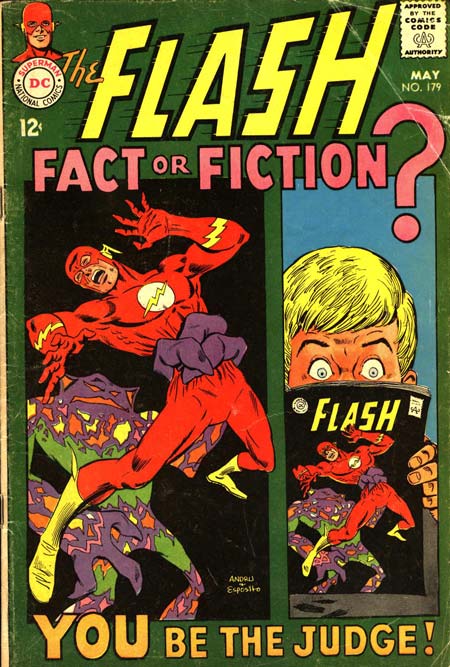
Did you have any pre-existing experiences with The Flash before your run, or did you go into it with sort of a blind eye?
Always was a fan of the comic since its initial 1956 Showcase run, as well as a huge admirer of Carmine’s artwork. Unfortunately, by the time I started writing the character, Carmine had left the drawing board to become DC’s publisher. As you know, that missed opportunity was finally resolved years later when Carmine resumed drawing the book in 1980.
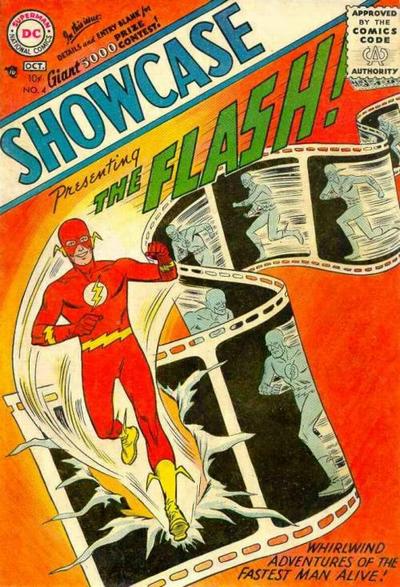
You worked with Carmine Infantino on many of your Flash stories. Did working with the co-creator of the character influence how you worked on the stories?
It was certainly a kick to be finally writing the Flash with Carmine Infantino handling the art again. By this time I had been on the book for over ten years, so he trusted that the scripts were in good hands and we had a good working relationship. Though I must admit if someone had told the 13-year-old Cary Bates one day I’d be working on the Flash with Carmine Infantino I never would have believed it.
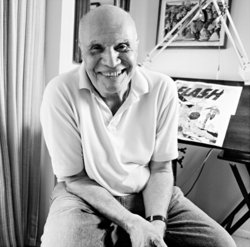
Do you have any particular favorite issue of The Flash that you have done?
That would have to be the double-sized Flash #300, “1981: A Flash Odyssey”.
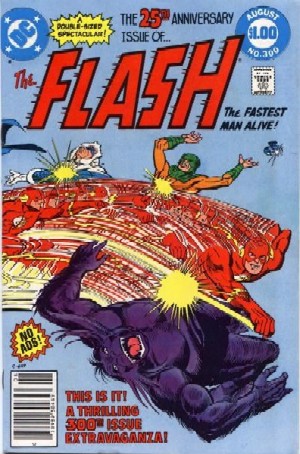
As pretty much every Flash fan knows, you made the bold decision to kill off Iris West. What made you do so? Was it an editorial mandate, was it your idea, or what?
That storyline was introduced when Ross Andru was the Flash editor. It was definitely an editorial decision to “shake up the book” as sales were slipping by then, but I’m not sure if it was Ross’s idea or someone above him.
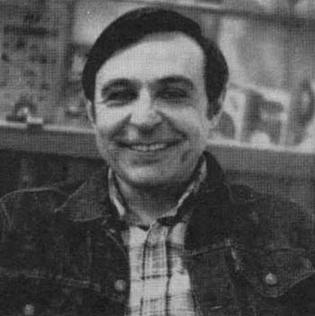
When The Flash was winding down its run, you wrote “The Trial of the Flash”. Why did you decide that Flash would end his run with a court case ending in his conviction rather than some climactic final battle?
The trial storyline had already commenced when DC secretly informed me of Flash’s approaching demise via the upcoming Crisis crossover. Because I now had a ticking clock, my two choices were to either shorten the trial plotline and try to cram in another story arc before Crisis, or expand the trial plot-threads so they led directly into the Crisis. I chose the latter.
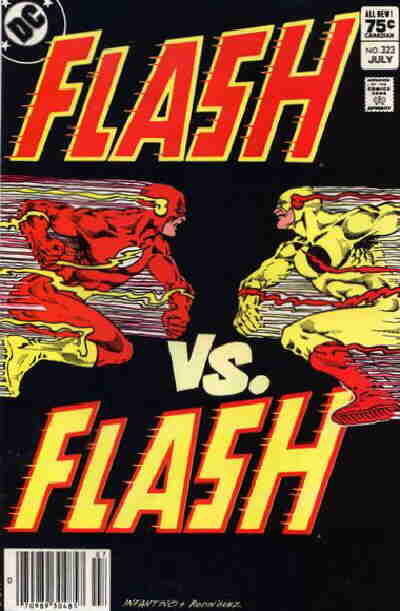
In The Flash #250, you co-created the Golden Glider with Irv Novick. Did the character start out as her own villain who was then tied to Captain Cold, or did you have the idea to give Captain Cold a sister and work from there?
Best as I can recall, Golden Glider was always going to be Capt. Cold’s sister. I think that was a Julie idea.
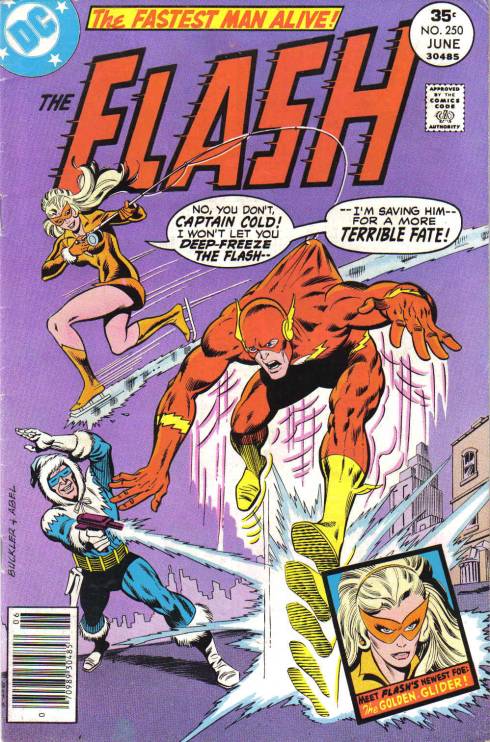
In The Flash #286, you co-created Rainbow Raider with Don Heck. What gave you the idea to create a villain based on the color spectrum?
Having grown up on a Flash Rogue’s gallery full of villains who were adept at weaponizing things like mirrors, cold, heat, magic, boomerangs, etc., Julie and I thought the color spectrum gimmick had the potential to be a worthwhile addition.
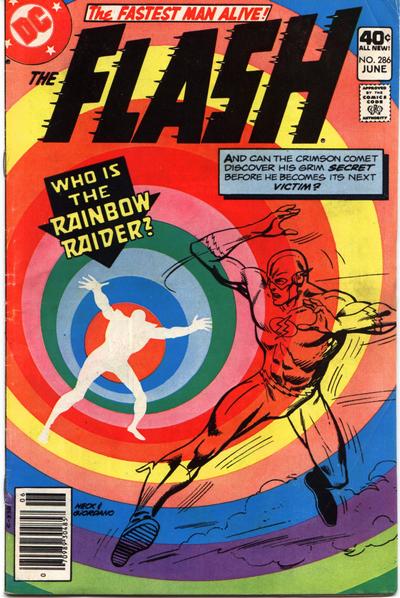
You worked with Curt Swan on Superman on many occasions. What was it like working with such an influential Superman artist while being directed by such an influential Superman editor?
As with Carmine on the Flash, Curt drawing my Superman scripts was a dream come true. In the years after I moved to New York in 1971, every now and then I’d be in the office on the days he’d come down from Connecticut with the finished pencils for one of my stories. His pages always exceed my expectations, and his kind words for my work only furthered my efforts to provide scripts that would showcase his talents. As for my reactions to Mort, I believe that was covered by a previous question.
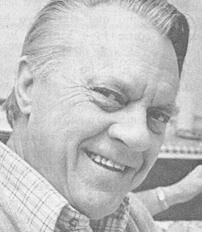
Was there a sort of fan-boy nature you had while working with the artists and editors of the Superman books of your childhood while you wrote Superman?
Not really. Once you become a working writer you quickly learn that above all else, DC comics was/is a business… and that meant you were thrown into the deep end of the talent pool competing with other writers, who in my case were all older and more experienced (with the exception of Shooter). Not to denigrate my “fan-boy” roots—after all, that’s what drove me to think I could write comics in the first place—once I found myself toiling away day after day trying all the competing pressures and deadlines left little time left for fanboy indulgences.
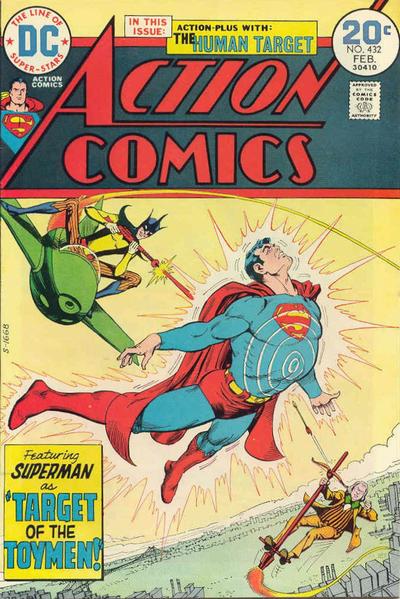
How did you react when you realized that you went from being a fan of the writers and artists of Superman to being the person many looked up to? (For instance, Mark Miller credits you as being one of his inspirations for writing).
That’s always nice to hear. Geoff Johns once thanked me for getting him hooked on the Flash, and Grant Morrison has cited my Earth-Prime stories (where Cary Bates appeared on the page to have adventures with Flash and the Justice League) when talking about his own fondness for breaking the fourth wall in Animal Man and other books.
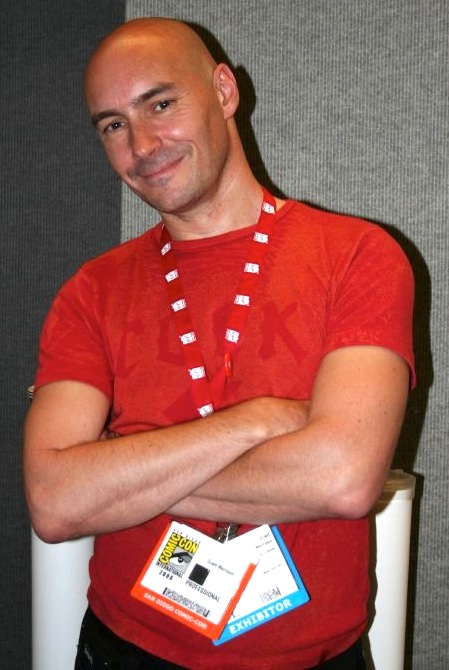
In the late 1980s/ early 1990s, you started writing for the television show Superboy. How did that come about? What was it like working with the producers of the 1970s Superman movies on a Superman project?
I had met Ilya Salkind years earlier when Warners sent me to Pinewood Studios as the DC advisor on Superman III. We got along well, so when they needed a replacement for the story editor job for season 2 of Superboy (Fred Freiberger held the position in season 1), he gave me a job as story editor and scriptwriter.
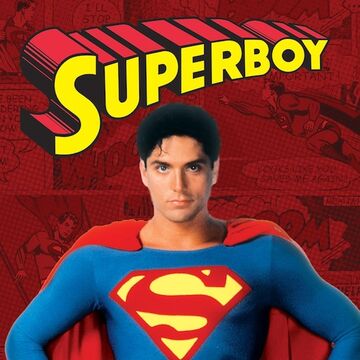
Just as Superboy was ending, you wrote a Christopher Columbus movie with the original writer of 1978’s Superman, Mario Puzo (the final draft was worked up by Richard Donner’s friend and collaborator Tom Mankiewicz). Along with him, the movie was the last produced by Alexander and Ilya Salkind as a producing team. What was it like working with so many alums of that Superman movie on a project completely unrelated to Superman?
The Superman connections never really came up, everyone was too busy dealing with the many problems that plagued the Columbus shoot. By the time I came on board Puzo and John Briley, the main writer, were long gone and a good 80% of the script was locked down. I was there to do the final production rewrites, which necessitated being on set and traveling on location with the crew. In addition to the Salkinds, I also got along well with the film’s director John Glen who had just come off License to Kill, so there was a major James Bond alum on board as well.

That movie starred Marlon Brando and Tom Selleck. As one of the screenwriters, did you ever get to give them notes on their portrayal of their respective characters?
Had no involvement with Brando other than a handshake, but did have a meeting or two with Selleck who wanted his input incorporated into a few of his scenes.
Follow us for more entertainment coverage on Facebook, Twitter, Instagram, and Letterboxd.

